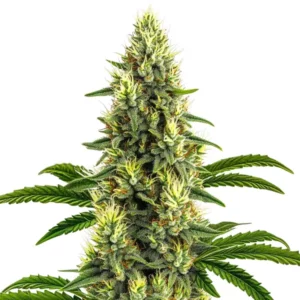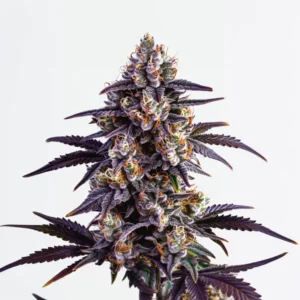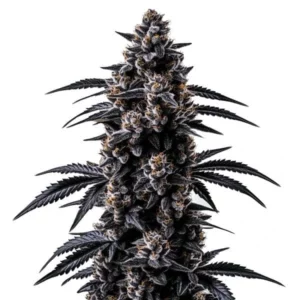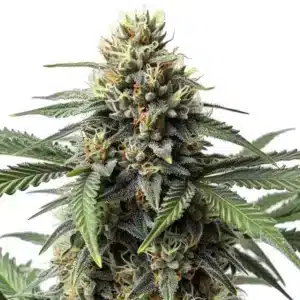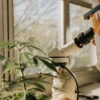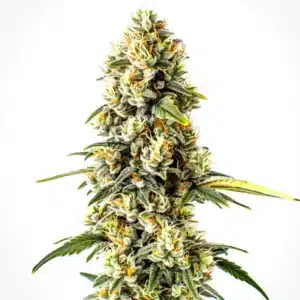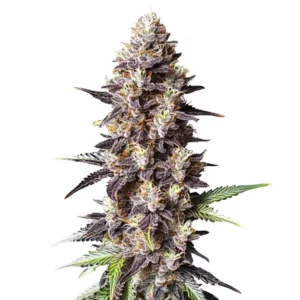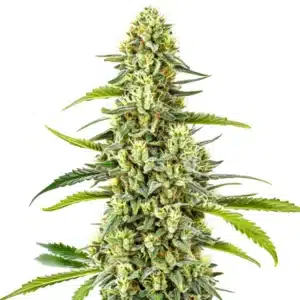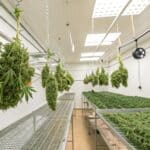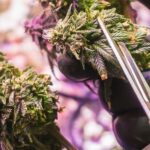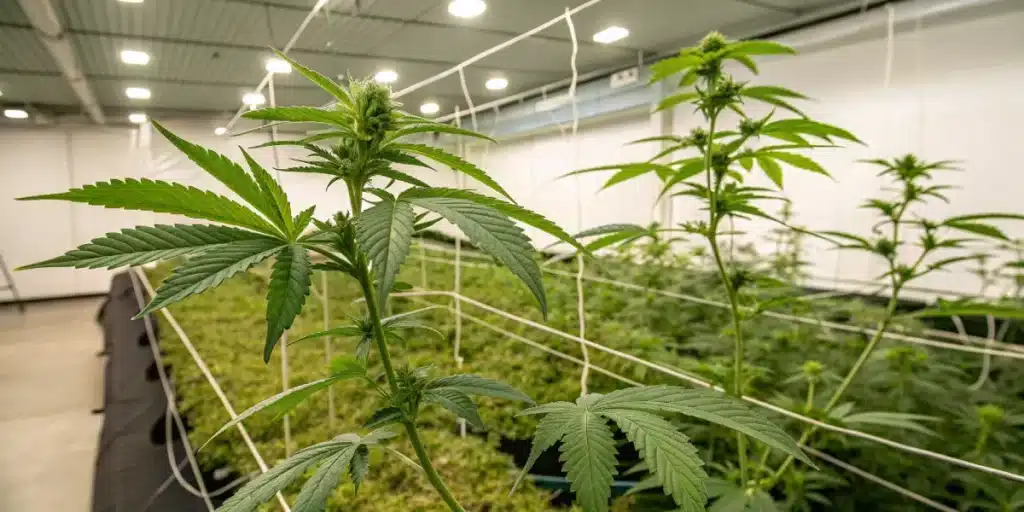
Best Training Techniques for Cannabis: Maximize Growth and Yields
When cultivating cannabis, the best training techniques for cannabis can have a dramatic impact on plant health and productivity. Proper training helps optimize light exposure, improve airflow, and maintain a manageable structure, which collectively leads to impressive yields and robust growth. Each method has its unique advantages, and understanding them can help you choose the best fit for your grow setup and goals.
Low-Stress Training (LST): Gentle Guidance for Better Buds
Low-Stress Training, or LST, involves gently bending and securing branches to create a more even canopy. By manipulating the plant’s natural growth pattern, LST ensures that all bud sites receive equal light, resulting in uniform growth and increased yields. This technique is particularly popular among indoor growers with limited vertical space, as it encourages horizontal expansion rather than upward growth.
Recommended Strains
California Dream
|
|
THC | 13% - 17% (Medium) |
|
|
Type | Feminized |
|
|
Yield | High |
|
|
Phenotype | 60% Indica / 40% Sativa |
To get started with LST, wait until your cannabis plant has developed a few strong nodes. Begin by carefully bending the main stem and side branches, using soft garden ties or pipe cleaners to secure them in place. Be mindful of the plant’s delicate structure to avoid causing unnecessary stress or breakage. Over time, as the branches adjust to their new positions, you’ll notice improved light penetration and a more efficient use of space.
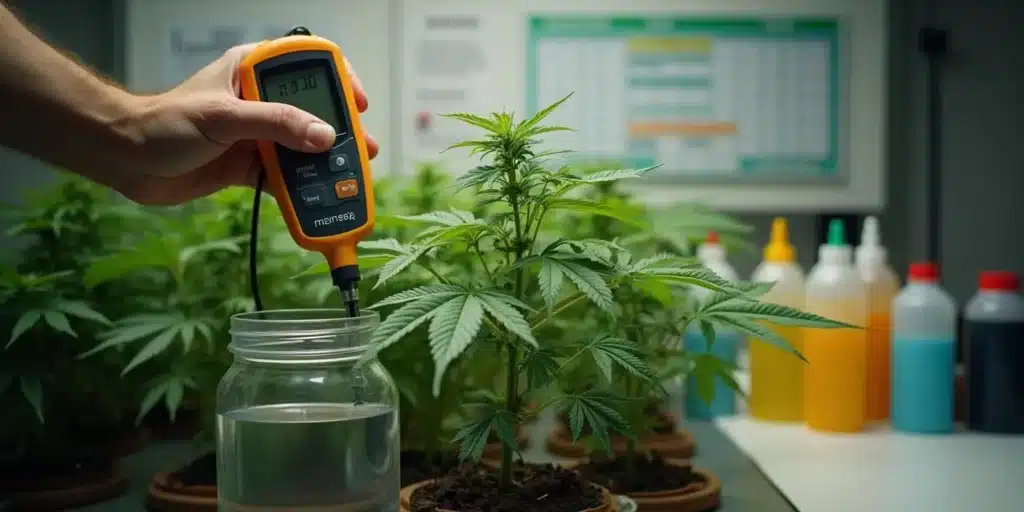
Promos & Deals
High-Stress Training (HST): Pushing Limits for Bigger Rewards
High-Stress Training techniques like topping and super cropping involve deliberately stressing the plant to encourage more vigorous growth. While these methods require a bit more skill and patience, the rewards can be substantial.
Best Training Techniques for Cannabis – Topping: Doubling Down on Growth
Topping is a technique where you cut off the top growth of the main stem, prompting the plant to develop multiple colas instead of just one. This creates a bushier structure, which is particularly advantageous in grow spaces where height is limited. To perform topping, use sterilized scissors and snip just above a node when the plant has 4-6 nodes. This encourages the redistribution of energy to other parts of the plant, leading to more robust growth overall.
Best Training Techniques for Cannabis – Super Cropping: Strength Through Stress
Super cropping involves gently pinching and bending branches without breaking them. This technique stresses the plant in a way that promotes a more resilient structure, capable of supporting heavy buds and improving light distribution. To super crop successfully, identify the branches you want to train and apply gentle pressure until you feel the inner tissues soften. Monitor the plant closely during its recovery to ensure it’s responding well to the stress.
Best Training Techniques for Cannabis – Screen of Green (ScrOG): Mastering the Canopy
The Screen of Green (ScrOG) method involves using a mesh screen to train plants into a flat, horizontal canopy. This approach maximizes light efficiency and is ideal for growers aiming to boost yields in both indoor and outdoor setups.
To set up a ScrOG, position the screen about 12-15 inches above the growing medium. As your plants grow, weave the branches through the mesh to maintain an even canopy. This ensures every bud site receives optimal light, reducing waste and promoting uniform development. Indica-dominant strains, known for their compact growth patterns, often perform exceptionally well with this technique.
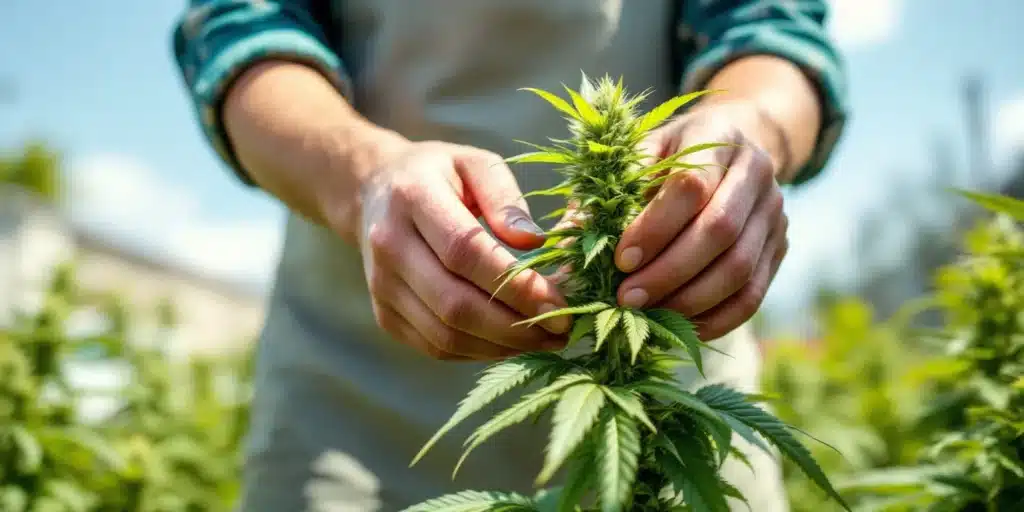
Best Training Techniques for Cannabis – Defoliation: Clearing the Way for Better Light and Airflow
Defoliation involves the strategic removal of fan leaves to improve airflow and light penetration within the canopy. This technique is especially beneficial during the vegetative and early flowering stages when plants are rapidly developing foliage.
To defoliate effectively, focus on removing large leaves that block light from lower bud sites. Be cautious not to overdo it, as excessive defoliation can stress the plant and slow its growth. By clearing the way for light and air to reach all parts of the plant, you’ll reduce the risk of mold and pests while enhancing overall plant health.
Best Training Techniques for Cannabis – Mainlining: Combining Techniques for Optimal Structure
Mainlining combines topping and Low-Stress Training to create a symmetrical plant structure with evenly spaced colas. This method directs the plant’s energy toward producing high-quality buds rather than unnecessary foliage.
To mainline a cannabis plant, start by topping it at an early stage. Then, use soft ties to spread the branches evenly, creating a symmetrical layout. Repeat this process as the plant grows to maintain its shape. Hybrid strains often respond particularly well to this method, producing dense, uniform buds.
Best Training Techniques for Cannabis – Fimming: Almost Topping, But Not Quite
Fimming, short for “f*** I missed,” involves pinching or cutting about 75% of the plant’s new growth. This technique encourages the development of multiple colas while reducing recovery time compared to topping.
To perform fimming, use your fingers or scissors to pinch the tip of the main stem’s new growth. The result is a bushier plant with more potential bud sites. Recovery time is typically faster than with topping, making fimming an excellent choice for growers looking to maximize yields with minimal downtime.
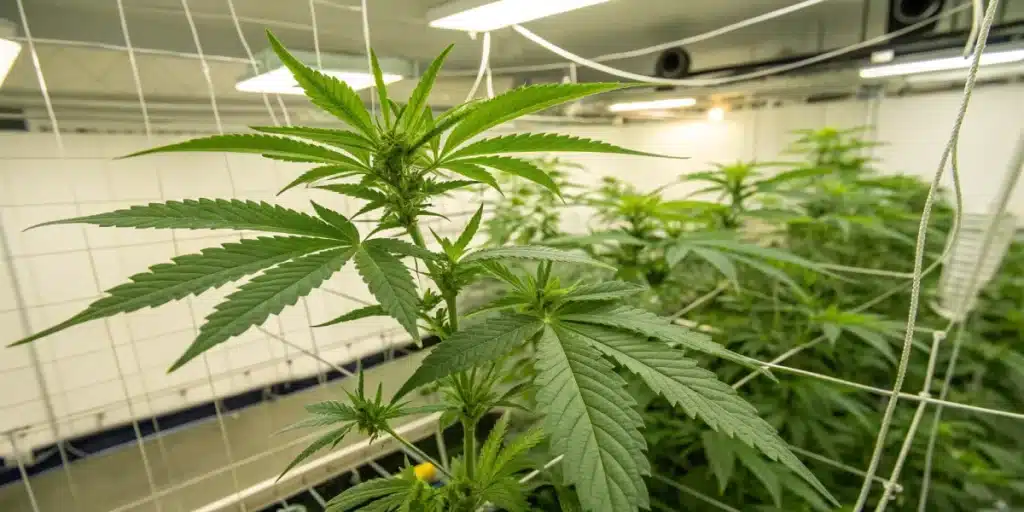
Best Training Techniques for Cannabis – Tailoring Techniques to Your Grow
Choosing the right training techniques depends on several factors, including the type of strain, your grow space, and your cultivation goals. For example, Indica strains often thrive with methods like ScrOG or SOG, while taller Sativa plants are better suited for techniques like LST and topping. Indoor growers can benefit from methods that optimize light distribution, whereas outdoor growers might focus on robust techniques like HST to handle the elements.
Monitoring your plants regularly and adjusting your approach as needed ensures their health and productivity. Keep an eye out for signs of success, such as even canopy growth and vibrant foliage, while avoiding common mistakes like over-training or excessive pruning.
Optimizing Training for Different Growing Stages
Training methods are most effective when matched to the specific growth stage of your cannabis plants. During the vegetative phase, techniques like LST, topping, and fimming can be implemented to shape the plant and promote a strong structure. This is the period of rapid growth, so plants recover quickly and adapt well to these interventions.
As plants transition to the flowering stage, focus shifts to methods like defoliation and ScrOG. These techniques help maintain a balanced canopy and maximize light distribution to the budding sites. However, avoid introducing high-stress techniques late in the flowering phase, as the plant’s energy should be directed toward bud development rather than recovery.
Benefits of Combining Techniques
Many growers find that combining multiple training methods yields the best results. For example, pairing topping with LST allows for a bushier structure with evenly distributed bud sites. Adding ScrOG to the mix ensures optimal light penetration across the entire canopy.
Combining techniques also provides flexibility. Growers can adapt their approach based on how the plant responds, ensuring it remains healthy and productive. However, balance is key too many techniques applied simultaneously can overwhelm the plant, so stagger interventions and allow recovery time.
Strain-Specific Training Tips
Different cannabis strains respond uniquely to training techniques. Indica-dominant strains, with their compact growth patterns, are well-suited for ScrOG and SOG methods. These techniques take advantage of their shorter internodes and bushy structures.
Sativa-dominant strains, known for their tall and lanky growth, benefit more from LST and topping. These methods help control their height and encourage lateral growth, making them more manageable in confined spaces. Hybrid strains are versatile and often respond well to a combination of techniques, offering growers plenty of flexibility.
Knowing your strain’s characteristics allows you to tailor your training approach for maximum effectiveness. This ensures that each plant reaches its full potential, whether grown indoors or outdoors.
FAQs About Training Cannabis Plants
How early can I start training my cannabis plants?
You can begin Low-Stress Training as soon as your plants have a few strong nodes. For High-Stress Training methods like topping, wait until the plant has at least 4-6 nodes to ensure it’s mature enough to handle the stress.
Can I combine different training techniques?
Absolutely. Many growers use a combination of methods, such as topping followed by LST, to achieve the best results. Just ensure your plant has time to recover between training sessions.
Do training techniques work for all cannabis strains?
While most strains respond well to training, some are more adaptable than others. Indica-dominant strains often do well with ScrOG or SOG, while Sativa-dominant strains may benefit more from LST or topping.
How do I avoid over-training my plants?
Pay close attention to your plants’ health and growth patterns. If they show signs of stress, such as drooping leaves or slowed growth, give them time to recover before applying additional training techniques.
What tools do I need for plant training?
Basic tools like soft garden ties, stakes, scissors, and trellis nets are essential for most training methods. Always sterilize your tools to prevent the spread of disease.


